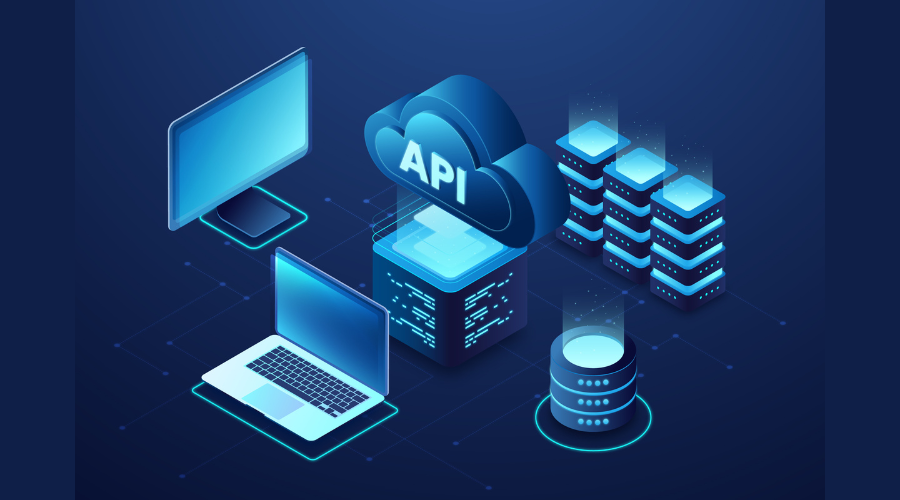No matter your industry, every business with digital business operations needs a robust network infrastructure. Whether it is cloud platforms, SaaS tools, edge computing, or IoT deployments, organizations need seamless and secure network connectivity to maintain efficiency and performance. However, modern networks come with their own set of complexities, from being distributed across geographies, hybrid offerings, and vulnerability to cyber threats has made manual network management inefficient and error-prone.
What is the solution? Enter, Artificial Intelligence (AI). AI-powered tools revolutionize network management by introducing automation, predictive insights, and real-time responsiveness. These technologies aren’t just supporting network admins—they're transforming how networks operate and respond to demand.
This blog post explores the growing adoption of AI-powered tools for network automation, performance optimization, predictive analytics, and intelligent fault detection, and how they enhance overall network performance and security.
The challenge of traditional network management
Traditionally, network management has relied on manual monitoring tools and rule-based systems. Network engineers configure hardware, monitor performance using dashboards, and react to outages after they occur. It is similar to calling firefighters after the house has caught fire. Consequently, this reactive model creates several challenges:
- Increased downtime due to delayed issue detection and resolution
- Scalability issues as networks expand to include cloud, on-premise, and remote endpoints
- Lack of real-time visibility in hybrid and distributed environments
- Human error during configuration, updates, or maintenance
- Security vulnerabilities caused by missed anomalies or misconfigurations
AI-powered network management tools are stepping in with a proactive, data-driven approach to address these issues.
1. AI-powered network automation: Less manual, more intelligent
Automation is the cornerstone of modern network operations, and AI takes it to the next level. Traditional automation involves scripting and predefined workflows, but AI-powered network automation uses machine learning (ML) algorithms to adapt and improve over time.
Key Benefits:
- Automated Configuration Management: AI tools can intelligently configure routers, firewalls, and switches based on network demand, security posture, and application requirements.
- Policy Enforcement: AI-driven systems automatically enforce policies and access controls, ensuring compliance without constant manual intervention.
- Dynamic Network Provisioning: AI detects changes in network usage patterns and automatically provisions resources to meet performance thresholds.
For example, Cisco’s DNA Center uses AI to automate provisioning, optimize routing paths, and adapt configurations in real-time, reducing the need for hands-on network engineering.
2. Optimization through intelligent traffic management
Network optimization is no longer about just increasing bandwidth. Today, it’s about efficiently managing traffic, prioritizing critical applications, and adapting to changing loads without service degradation.
AI enables real-time traffic analysis and load balancing by:
- Predicting congestion before it occurs and rerouting traffic accordingly.
- Allocating bandwidth dynamically to latency-sensitive applications like video conferencing or VoIP.
- Recognizing performance bottlenecks in applications, routers, or links and proactively resolving them.
By continuously learning from traffic patterns, AI can optimize Quality of Service (QoS) and deliver smoother, uninterrupted user experiences.
3. Predictive analytics for proactive management
AI doesn’t just respond—it predicts.
Using historical network data and behavior modeling, AI-powered tools can forecast potential issues like hardware failures, bandwidth saturation, or cybersecurity threats. Predictive analytics helps organizations:
- Prevent outages by flagging components that show early signs of failure.
- Plan upgrades or maintenance windows based on real-time capacity trends.
- Reduce mean time to resolution (MTTR) by narrowing down root causes before users are even aware of a problem.
4. Intelligent fault detection and root cause analysis
One of the biggest time sinks in network management is diagnosing and troubleshooting faults. AI excels at correlating logs, alerts, and performance metrics across multiple devices and platforms to:
- Identify the root cause of issues quickly.
- Suppress alert noise by grouping related events.
- Recommend or even initiate corrective actions such as resetting a router or rerouting traffic.
5. Strengthening network security with AI
Security is an integral part of network management. AI tools can detect suspicious behavior patterns that might be invisible to traditional firewalls or SIEM systems. These tools:
- Identify anomalies in user and device behavior.
- Detect zero-day threats using behavioral baselines.
- Flag lateral movement or data exfiltration within the network.
AI-based Network Detection and Response (NDR) tools can instantly recognize attacks like DDoS or ransomware propagation and initiate containment protocols. This level of automation drastically reduces the window between detection and response.
Real-world adoption: How organizations are benefiting
Across industries, companies are embracing AI-powered network tools to improve operational efficiency and customer satisfaction. Some notable use cases include:
- Telecom providers using AI to optimize 5G and fiber network coverage dynamically.
- Healthcare organizations ensuring zero-latency connectivity for remote diagnostics.
- Financial services leveraging AI to secure real-time transactions and prevent data breaches.
- Retail chains using predictive analytics to maintain uptime across hundreds of branch networks.
The future: Toward autonomous networks
As networks evolve in complexity and scale, the future lies in achieving full autonomy, where networks can manage themselves with minimal human intervention. This vision, often referred to as self-driving or autonomous networks, is driven by the convergence of AI, machine learning, and intent-based networking. Gartner, Inc. predicts that by 2027, organizations will implement small, task-specific AI models with usage volume at least three times more than that of general-purpose large language models (LLMs).
The autonomous network is no longer a far-off vision—it’s a practical necessity for the next phase of digital transformation.
Final thoughts
AI-powered tools are no longer just optional enhancements for network management—they're becoming essential. As organizations move toward digital-first operations and edge computing architectures, managing network performance, reliability, and security requires more than human effort.
AI brings predictive intelligence, automation, and adaptability to help IT teams stay ahead of outages, optimize performance, and defend against threats. While the transition may require upskilling and initial investment, the long-term gains in efficiency, agility, and resilience are undeniable.
As network complexity continues to grow, AI will be at the core of how we manage, optimize, and secure the digital highways of the future.






